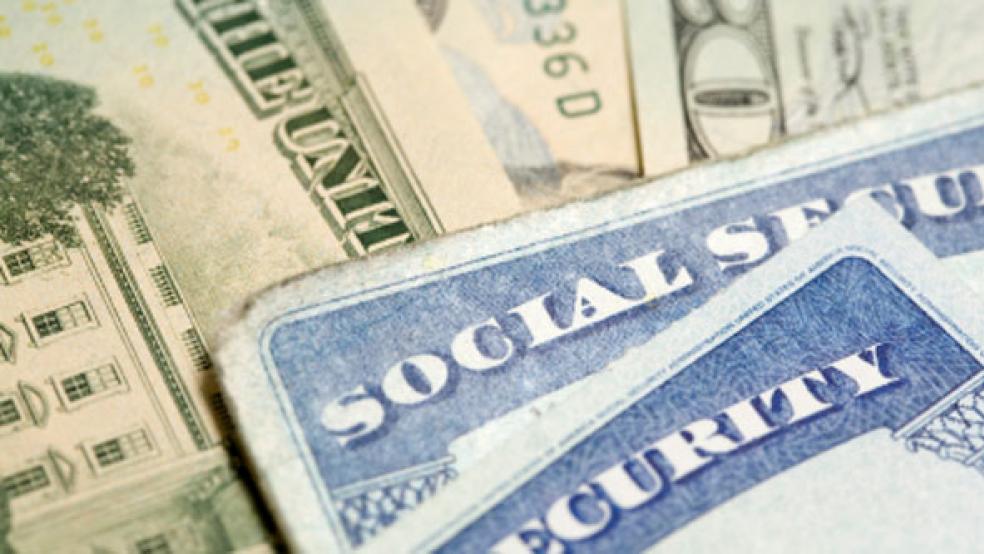Fury erupted from labor unions and senior citizen advocacy groups last week when President Obama proposed an accounting trick to curb the runaway growth of Social Security expenditures.
The trick involves tweaking the annual cost-of-living adjustment. Instead using the traditional Consumer Price Index, Obama tried to court GOP support for his plan by shifting to the less generous chained CPI.
The House Ways and Means subcommittee on Social Security shined a bit of light Thursday on what the proposal would mean.
Chained CPI gets pitched as a more accurate measure of inflation because it assumes that people respond to higher costs with cheaper substitutes. But the White House included the measure as part of his budget package specifically designed to reduce the annual federal deficit over the next decade. Chained CPI increases on average at 0.25 percentage points below the existing metric.

House Republicans were unimpressed by the offer, while much of the president’s Democratic base—including progressive lawmakers such as Minnesota Rep. Keith Ellison—was outraged.
But here are the big findings unearthed at today’s hearing:
$340 Billion Would Be Trimmed From The National Debt – If all mandatory spending programs and tax code tables followed chained CPI, the government achieve a huge amount of savings without—technically—cutting major programs.
Jeffrey Kling, associate director for economic analysis at the Congressional Budget Office, told the committee that over ten years the government would spend $216 billion less. Chained CPI would also increase revenues since the smaller inflation metric would over time push more Americans into higher tax brackets—raising $124 billion. Obama’s budget includes a similar but less comprehensive option that the CBO is currently evaluating.
$360 Less For Social Security Beneficiaries In 2023 – Much of the deficit savings would be achieved because Americans on average would receive $30 less a month in 2023 than under the existing system, Kling said. That translates to a reduction of 2 percent.
Chained CPI Could Ease Fears of Generational Warfare – Deficit reduction has to come from somewhere, and when one group avoids the axe, another one gets shuffled onto the chopping block. The Social Security trust fund is scheduled to be insolvent by 2033. This means that workers are stuck funding the benefits of retirees, even though they will likely face a radically pared down Social Security during their own golden years.
That’s not entirely fair.
Charles Blahous, public trustee for Social Security, told the subcommittee that the program’s “financing methods and demographic trends causes worsening treatment of younger generations. These losses facing younger generations would be exacerbated, however, if they are taxed to pay annual [cost-of-living adjustments] to current participants that exceed actual price inflation.”
As Retirees Aged, They Could Become Poorer – Nancy Altman, co-director of the advocacy organization Social Security Works, claims that chained CPI does not reflect the daily expenses of seniors—who spend more on health care than the rest of the country.
She presented a graph charting the impact of different inflation metrics on $17,500 of income to the subcommittee. If a 65-year old receiving that sum lived for another 30 years, she would be receiving the equivalent of $15,000 under Chained-CPI, Altman claimed based on her entity’s calculations. Not surprisingly, Altman prefers an inflation measure known as CPI-Elderly that would be weighted more toward the costs of older Americans.
But Negative Impacts of Chained CPI Could Be Blunted – One of the goals of supplemental income through Social Security is to reduce poverty, so an accounting change that raises poverty levels is counterproductive and could be counteracted.
This point was made by Ed Lorenzen, senior adviser for the Committee for a Responsible Federal Budget, who noted that “small policy changes” to the payment system could offset the use of a lower inflation rate, such as an automatic flat-dollar increase or tax credits.




